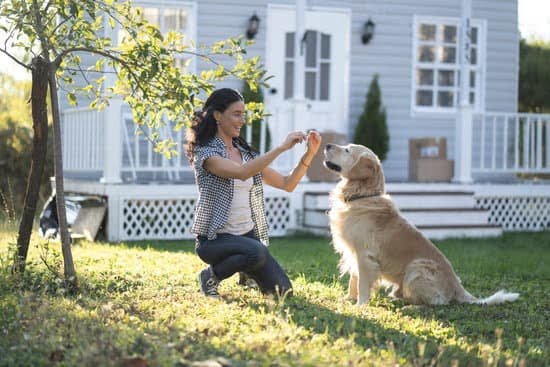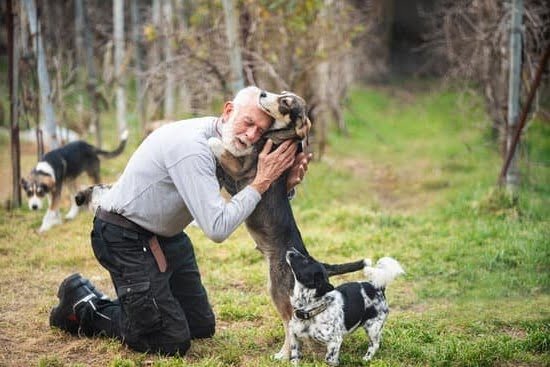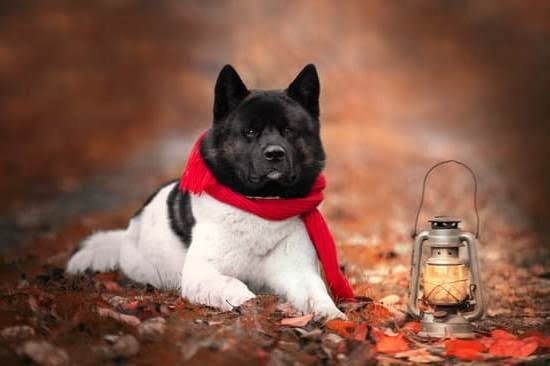Introduction
This blog post is about easy dog training methods that can help owners create a well-mannered and obedient pet. There are a number of simple solutions to common canine behavioral issues, from jumping on furniture to eliminating excessive barking. We’ll look at how positive reinforcement has been used to great success by many pet owners, as well as more traditional techniques such as clicker training. As proof of the power of these methods, we’ll also look at some real-life case studies where these approaches were used with results that exceeded expectations. So let’s get started and find out how you too can use these methods to train your beloved pup into becoming the best version of themselves.
The Basics
When it comes to dog training, having the right tools and knowing how to use them effectively is paramount. There are a variety of tools available for easy dog training, including treats, clickers, Kong toys, word cues, body positioning with your hands and feet, verbal praise or corrections when necessary, and more. It is important to be consistent when using these tools; this will ensure that your dog understands what you want from them in different situations.
Treats are best used during the early stages of training as reinforcement when your dog completes a task successfully. Clickers allow you to quickly take advantage of the perfect moment to reinforce desired behavior; they also help develop an understanding between you and your pooch that associating the sound with rewards will lead to positive outcomes. Kong toys are a great way to reward your pup’s initial efforts in learning something new by introducing fun activities like puzzles or games into the process. Word cues serve as powerful commands during obedience training; they should be kept short and sweet in order for your pup to remember them effectively. Finally, appropriate body language—such as nodding or pointing towards things–can help in getting across what you want from them clearly.
Maintaining consistency in all aspects of easy dog training is essential for success; running multiple methods at once can confuse your pup and eliminate any progress made so far. Utilizing all these free tools correctly can result in an obedient canine companion who loves receiving attention and pleasing their human master!
Positive Reinforcement
Positive reinforcement is a dog training method that focuses on rewarding a desired behavior rather than punishing an undesired one. When effectively used, this type of training can offer effective and consistent results while simultaneously strengthening the bond between pet and owner.
When using positive reinforcement, it is important to reward the desired behavior quickly and consistently. This will encourage the dog to repeat the same action if they want to secure the reward. As an example, during obedience training, if your pup does not respond to commands as you’d like them too, reward them when they do get it right so that they remember what action resulted in earning praise. Rewarding can be with food, a toy, verbal praise or even physical affection from you as the owner. Incorporating all forms of rewards allows for greater versatility and keeps training interesting for your pet.
Additionally when working with commands, try using different key words during teaching to help establish clear communication between you and your canine friend. This will help indicate more easily which behaviors are acceptable and expected out of your pet by reaffirming what was done right with additional desirable rewards such as a little extra playtime or another treat.
Overall positive reinforcement is an extremely effective tool when it comes to raising an obedient and steady companion while also lending many advantages such as building emotional security between bonder and animal or perhaps even just simply reducing stress levels associated with regular obedience exercises.
Fun & Games
Fun and games have been proven to be an effective way to keep your dog motivated during training sessions. Games like fetch, tug of war, frisbee and hide-and-seek are great for teaching a variety of commands such as “come,” “sit,” “stay,” and “down.” In some cases, these activities can even help establish basic commands more quickly than traditional methods.
Fetch is a great game for teaching recall since it allows the dog to make the connection between the command and bringing back the toy to you. It is also beneficial for physical exercise which builds obedience and helps get rid of excess energy before stimulating activities or practicing commands.
Tug of war builds confidence in dominant dogs because they must listen to you when you give the command then give up their prize willingly; it also gives passive dogs an opportunity to engage in something they enjoy doing while giving them recognition with praise or treats when they perform correctly. You should always end the game when your dog follows the command, regardless if they get their prize or not.
Frisbee teaches coordination, control and command following while getting rid of built-up energy. Teaching your dog to wait until given permission teaches patience through muscle memory – tossing a frisbee off too soon will only frustrate a pooch who wants nothing other than catching that toy in mid-air!
Hide-and-seek encourages tracking skills as well as train your pup’s ability to follow verbal cues from far distances. When mastered, this game can be converted into useful tracking situations like hunting squirrels or rabbits; however, you must always remember that running is never part of this game due to safety reasons so make sure you set limits beforehand.
Establishing Rules
Establishing Rules is a key component of easy dog training methods. It is important to clearly explain the desired behaviour you are looking for so that your canine companion understands his boundaries. Consistency and communication are key when establishing rules. A good starting point is to introduce basic commands such as come, stay, sit, and down. Once these have been mastered, you can begin introducing more complex behaviors.
Positive reinforcement plays an important role in establishing rules. Ensure that when your pup displays the desired behavior they are rewarded with treats or praise to reinforce the expected behaviour going forward. At the same time, it is essential to identify and reprimand inappropriate behaviors without being overly punitive or scolding your pup too severely.
Regular practice sessions and clear rewards should help ensure the desired behaviours become habits for your pup over time. Regularly review how training is going and reward successes along the way!
Enduring Results
In order to ensure that the results of a dog’s training are maintained and advanced in the long-term, consistent practice and reinforcement is vital. By setting aside a regular timeframe each day to repeat commands with your dog, you can guarantee that learned activities become second nature. Additionally, using positive reinforcement techniques such as treats or praise can make learning more enjoyable for your pup while decreasing misbehavior by creating good associations with desired behaviors rather than the negative ones associated with punishments.
Introducing new tasks and activities is also important for boosting the effectiveness of easy dog training – aim to mix up normal routines in order to challenge and mentally occupy your pet. Aspects such as recalling commands presented in different orders, associate behaviors with words by introducing commonplace items such as a box or ball, and teaching songs or tricks will prove to be difficult but ultimately rewarding exercises for both pet and parent. Lastly, considering external influences on the training process is essential: make sure you remain patient at all times when training your pup; a calm disposition can help manage any disruptions from outside forces.
Troubleshooting
One of the best easy dog training methods is positive reinforcement. This involves rewarding behavior that the trainer wants the dog to do with praise, treats, toys, or attention. Positive reinforcement should always be used when teaching any new behaviors and commands as it will help reinforce desired behaviors and make them more likely to be repeated in future. Not only does it improve obedience, but it teaches dogs that following directions can result in a pleasant outcome.
Another simple method for teaching basic commands is clicker training. This involves using a small plastic clicker as an auditory marker to let the dog know they have performed a behavior correctly. Whenever the dog performs an action correctly, they are rewarded with either a treat or verbal praise. The noise from the clicker is enough to capture the dog’s attention and this helps them link the reward with their behavior rather than simply perceiving your approval and instruction as random rewards at random intervals. Clicker training is great for dogs who don’t respond well to verbal commands because some may just not understand what you’re asking them to do without repeat demonstrations and guidance; by clicking at the exact moment of desired behavior you eliminate guesswork on their part while also giving immediate feedback they can recognize since sound travels faster than sight!
Conclusion
In conclusion, it is easy to start implementing dog training methods at home. The most successful approach for dog owners is to use consistent positive reinforcement and rewards. Additionally, building the trust between you and your pup through clear communication can create a strong bond. As dog owners continue their animal’s training journey, they may want to explore other strategies, such as agility courses and clicker training, which are both effective means of teaching obedience. By staying patient and understanding how dogs think, you can ensure that the training techniques you use will be successful in helping your pup learn appropriate behaviour. Take advantage of this advice today and build a happy relationship with your pup!

Welcome to the blog! I am a professional dog trainer and have been working with dogs for many years. In this blog, I will be discussing various topics related to dog training, including tips, tricks, and advice. I hope you find this information helpful and informative. Thanks for reading!





